Filmmaking 101: What You Need to Know About Indie Film Production
Hire film gear from local filmmakers.

Hire film gear from local filmmakers.
Go in-depth with:
What does filmmaking entail?
To answer that, let me start by painting you a picture.
You just finished watching the entire Harry Potter franchise (for the trillionth time). And as the self-pronounced Potterhead, you are, you already know everything there possibly is to know about the house of Gryffindor, Neville Longbottom and he-who-must-not-be-named. You got all that covered.
So, let me ask you this: Do you know how long it took to make these Harry Potter movies?
I'll bet on my Hufflepuff seat that you can't answer that.
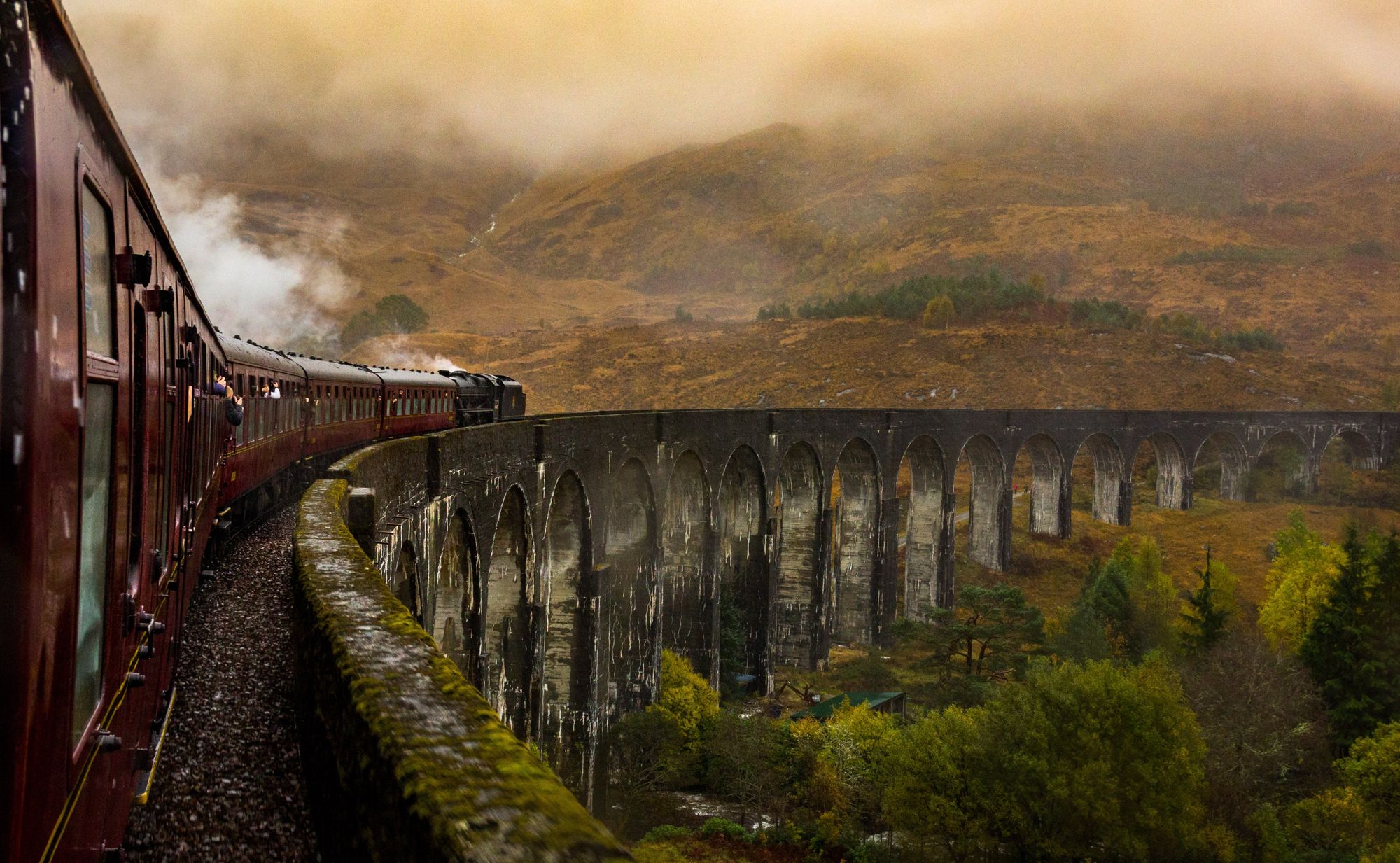
The truth is that few people sit back after watching a film and think about how much work it took to make.
They may check out how much the actors were paid or what kind of budget the film worked with, but it's impossible to know what it truly takes to make a film until you've been through the process yourself.
And to answer the question, it took more than ten years.
To produce a movie, you need to understand the technology, have the skillset, access the gear, and know the stages of filmmaking.
So, in this article, we'll walk you through all the essential film production basics from the very start to finish. So, grab a cup of coffee (or butterbeer), and settle in.
What is film production?
Film production is the process by which a film is made (ta-dah).
It's a lengthy, multi-step process that can, like Harry Potter, take years to complete.
Many people seem to neglect that many steps need to be taken when producing a movie – more than merely pointing with a camera at the action taking place (albeit, that is a big part of it, as well).
When thinking about movie production, many will think; they wrote a script, did a little some-some in pre-production, and then they started shooting. Before you know it, they had a worldwide grossing blockbuster on their hands.
If that were the case, however, we'd be looking at new content at Netflix daily.
Film production is a long and challenging process, one that typically goes through five main phases.
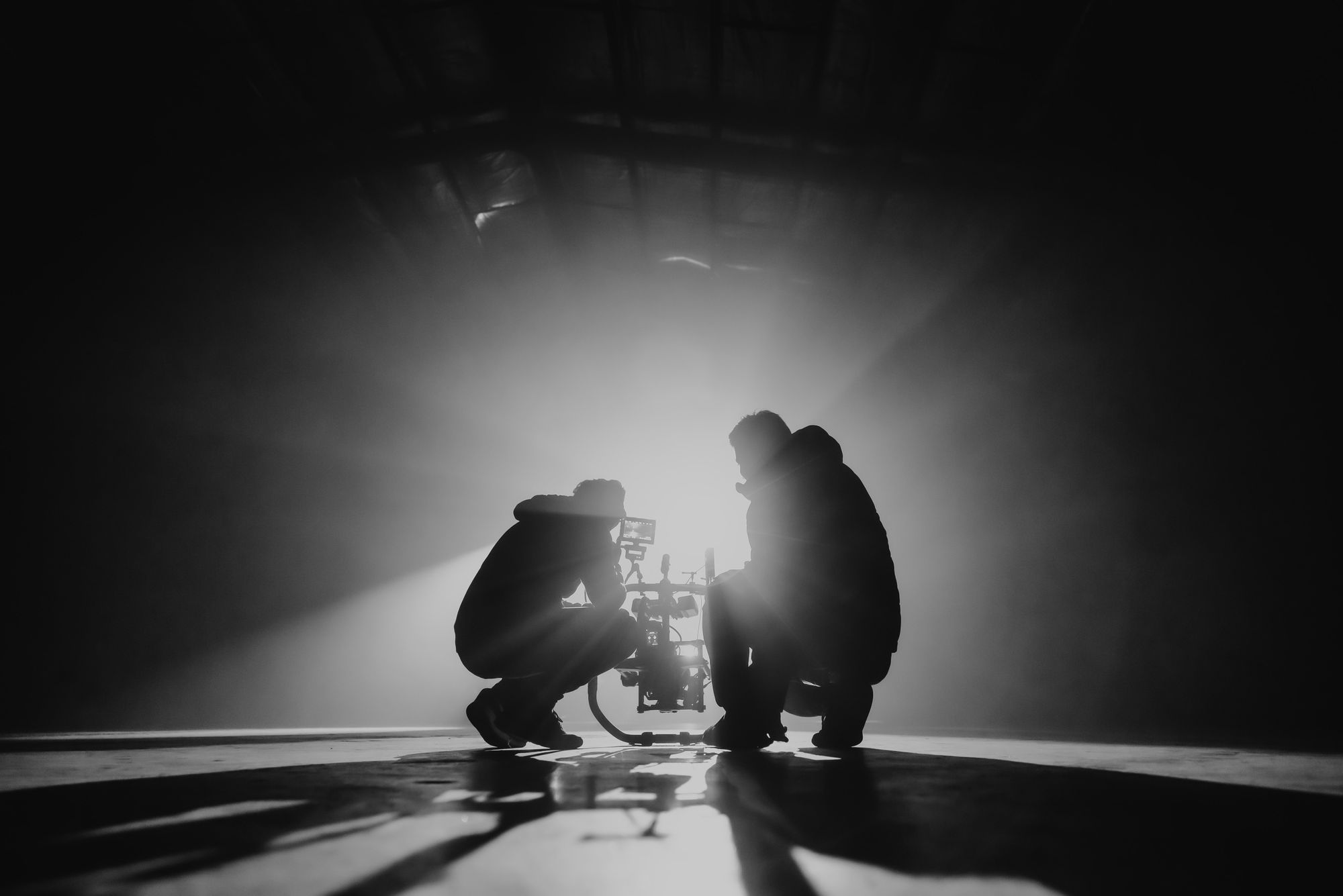
Understanding the five stages of filmmaking
Although you might argue that big-budget studio films will have a different approach than small indie ones, all filmmakers will deal with the same five phases.
Each phase has its specific purpose and comprises different tasks that you'll need to complete before saying: Filmmaking? Check!
Now, let's break these 5 stages of the movie production down in detail.
Stage 1: The development & planning phase
The very first stage of filmmaking is the "development" phase. This is the stage where your creative juice is supposed to be flowing.
The development stage of movie production includes:
- The creation of a story.
- Writing a draft of the script.
- Organizing the financial logistics of your project.
You can think of the filmmaking process as a housing project; before building walls and inserting doors. You got to do the groundwork – the actual construction of the house.
Development can last anywhere from a few months to a few years.
Now, let's take a little closer look at each step in the development stage.
Step 1: Building on an idea
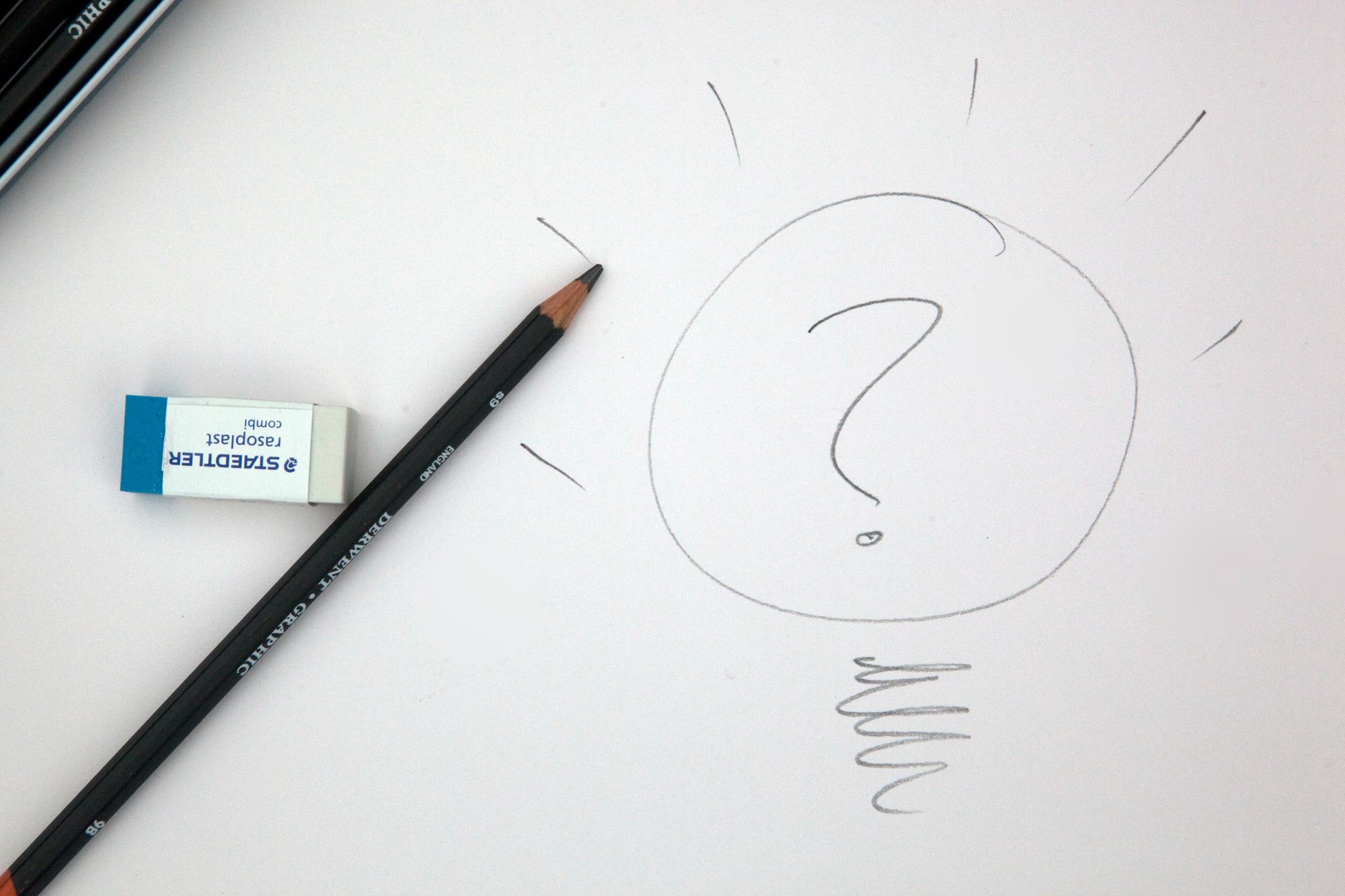
Before you do anything – and I mean anything.
You need to have an idea.
That's right. You'll need to know what the film is even about.
Every movie you've ever watched started with an idea in someone's mind. Of course, some ideas should just have stayed there.
Granted, you will most likely adjust along the way as the project goes on. However, the story you come up with in the beginning will serve as the foundation on which everything else will be built. So, start thinking about the kind of story you want your film to tell and all the essential story elements involved: plot, characters, conflict, etc.
Step 2: Writing the script
The next step is writing the script.
You got the idea. Now you need to jot it down on paper.
The script is where you'll put down the story, setting, and dialogue in linear form. It's an essential tool in film production as it helps the rest of the crew know what'll happen in the movie. A script will also be helpful for you as a reference throughout the process since you may need to refresh yourself on specific actions, dialogue lines, and more.
Also, if you want your cast to show up prepared and not stop every second with "what's my line again", writing a script and distribute it is the way to go.
With that said, don't be afraid to let your actors improvise; you never know where it might lead. Remember "Taxi Driver" and the famous line "You talking to me? You talking to me?"? Well, that wasn't in the script. Or in the "Shining", where Nicholson breaks through the door to kill his wife, screaming, "Here's Johnny!"? That was just good old Nicholson doing some improv.
You can plan a thorough script and have everything ready for production, but things you hadn't planned for will come up. In narrative filmmaking, you might be doing re-writes on your script up to and including the days of the shoots. Or you might be doing an improvised movie, which requires only a storyline and characters and no traditional script.
Learn more on how you can write a killer video script.
Step 3: Secure funding

You might have heard a rumour stating that films are expensive to produce?
I'm sorry to say this, but the rumours are true.
Filmmaking is a relatively expensive affair, and to produce a feature film; you'll need funding.
Getting your film funded will require diligent work and some big-time hustling.
Often filmmakers will seek funding through independent financiers, crowd sourcing, a studio deal. Filmmakers will also travel to film festivals to show the project materials to possible investors.
To convince any financier, you need to have a reasonably thorough film production budget ready to show. So, you know exactly how much it is you're asking.
Learn how you can make an accurate film budget.
Stage 2: The pre-production phase
Once you've got the initial greenlighting, you're moving into the pre-production stage of the filmmaking process.
The pre-production stage is where all the planning takes place before the camera rolls, and you set the overall vision of your project.
Know this; the camera might not be rolling yet, but it is just as packed with drama, intrigues, and action as if it was.
During this phase, you need to know the shooting location, cast the actors and actresses, and think about the changes you might need to make. As a filmmaker, you'd also need to have crew members lined up, sets and costumes created, and so on.
Once again, let's break it down into steps.
Step 4: Create a storyboard
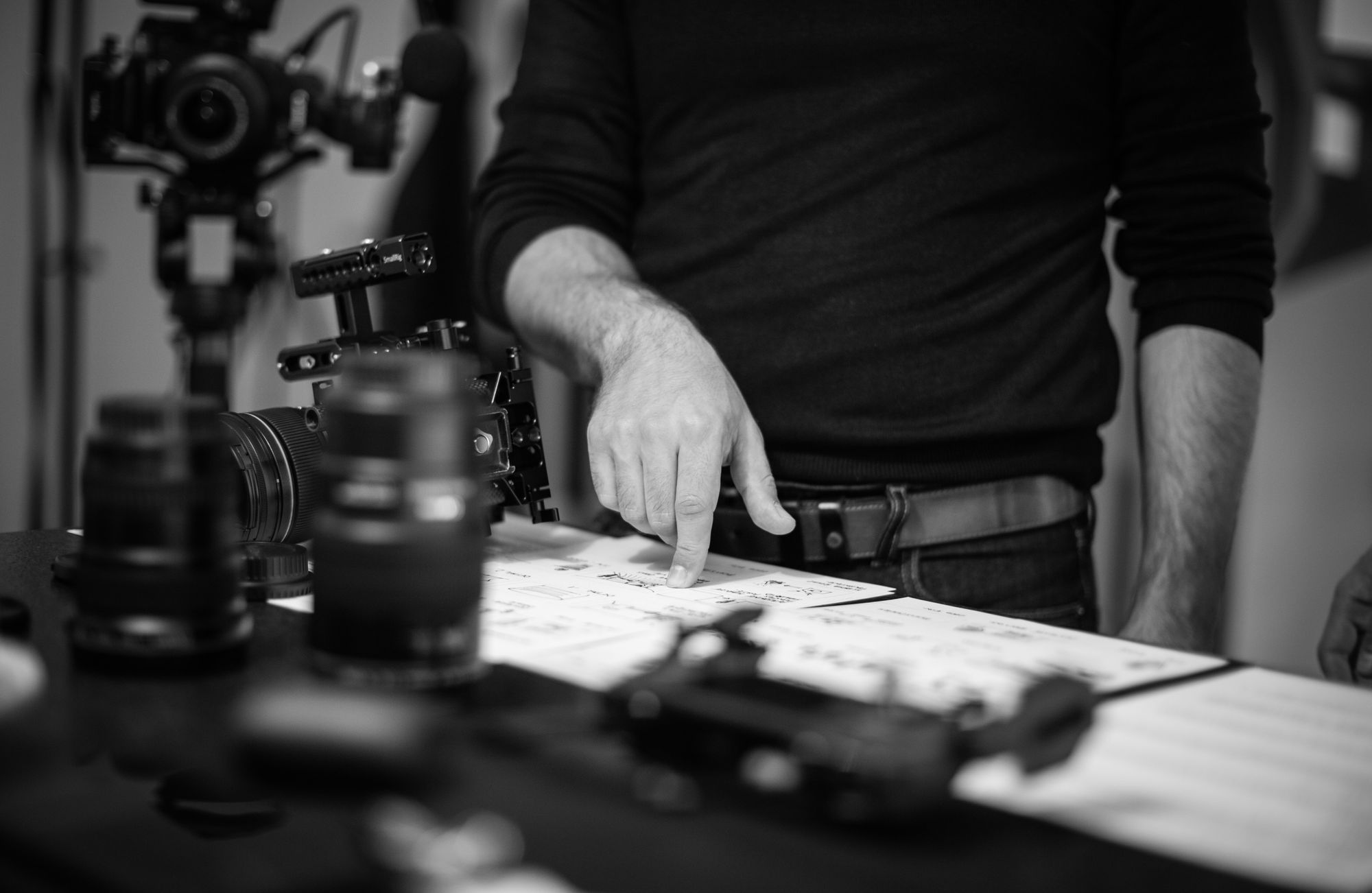
When planning everything out, a storyboard is your knight in shiny armour.
A storyboard is a sequence of drawings that'll help you map out and visualize the shots you plan to film. It's a helpful tool to use as it'll make it easier for you to decide on camera angles, shot sizes, etc.
Don't let the "create a storyboard" get you tripping. Many filmmakers take it as if they'd need to draw like Michelangelo to succeed with the storyboard.
That's wrong.
You might not need more than a stick-person drawing. If not, even stick-person drawings seem likely, then use photographs to illustrate what's happening in the scene.
Learn how you can create an easy storyboard.
Step 5: Hire your cast and crew
Let me start by stating – it is possible to be a solo filmmaker. You don't have to jump, head first, with a cast and a crew.
You could produce a film with you as the main, supporting and background actor.
However, if you are doing a feature film, you will need to hire cast and crew members.
So, let's start with finding your cast.
Casting entails finding actors that'll be able to fulfil the needs of your story. If you've done everything you need to do in the development stage, you already know how many cast members you need and the type of people that'll suit the characters.
Start holding auditions to find the best actors for your film characters. Consider their past work and experience and request any showreels or examples (if possible).
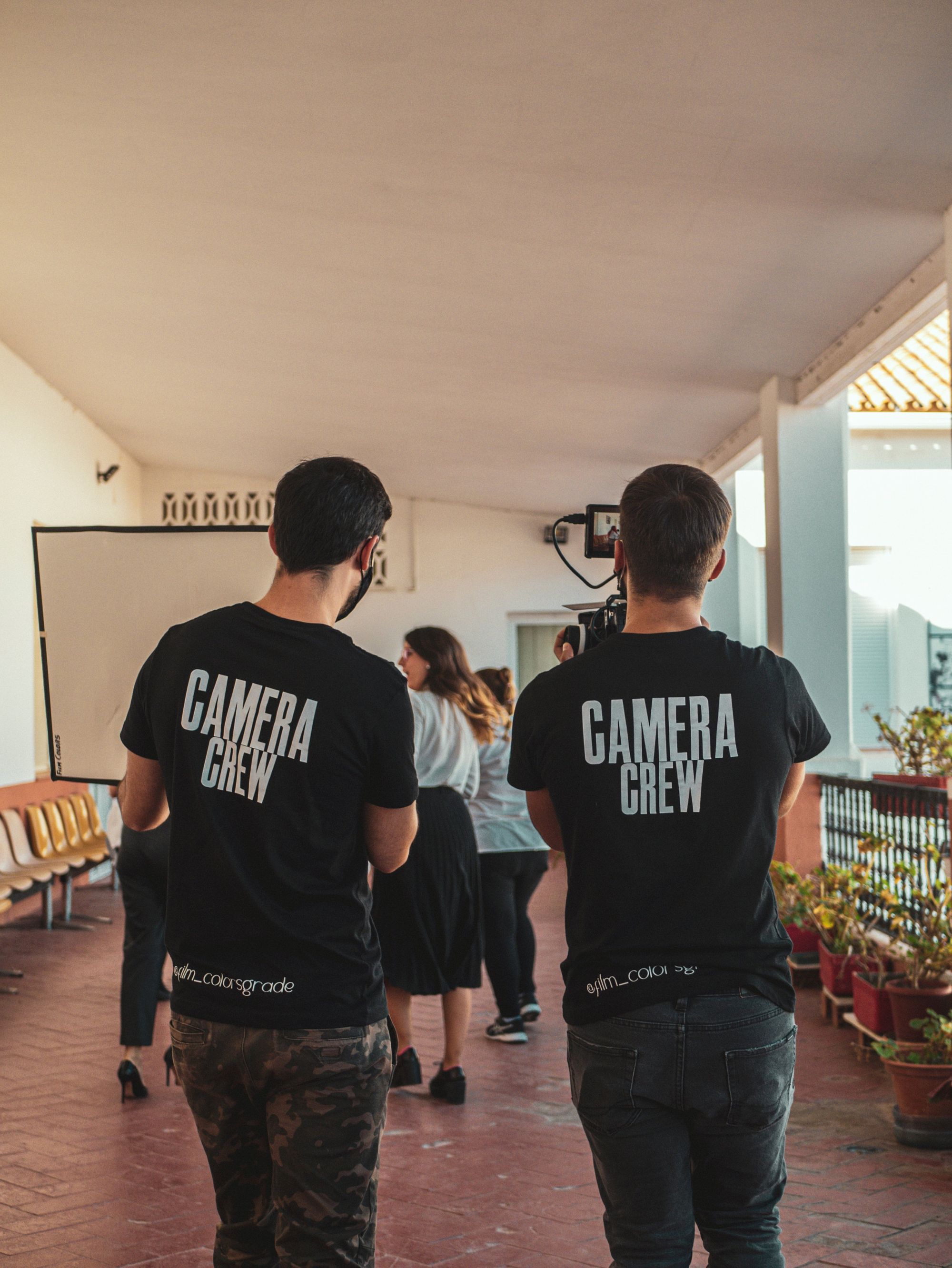
In terms of the crew?
The size of your crew will very much depend on how big a movie it is (and how deep pockets your financiers have).
However, there are some key members that you'll need to bring to your team.
Firstly, you'll need a director (if you don't already have one) as well as a Director of Photography.
These two crew members are the bare minimum. If there's room to hire more crew, consider adding a line producer, a sound recordist/mixer and an assistant director (AD).
You should also consider a production designer, costume designer, location manager and casting director.
Step 6: Look for locations
In some cases, you might construct the sets yourself. In other cases, you'll need to find an actual location that looks authentic and can help tell your story.
To find a proper location, you'll need to do some scouting.
Best way to do it?
Take your camera in hand, start travelling to places that could be relevant, take pictures of places you think will serve as the perfect setting for your movie scenes.
The location manager (if hired one) will work with you to find the best locations. A location manager is also in charge of securing all permits needed to film at each location and will liaison with the production and all other practicalities associated with finding a spot.
When searching for a filming location, it's a good idea to bring your production designer and director of photography with you. They'll be able to provide an invaluable look at each possible location which will be very helpful when making the final location decision.
Step 7: Scout for proper equipment
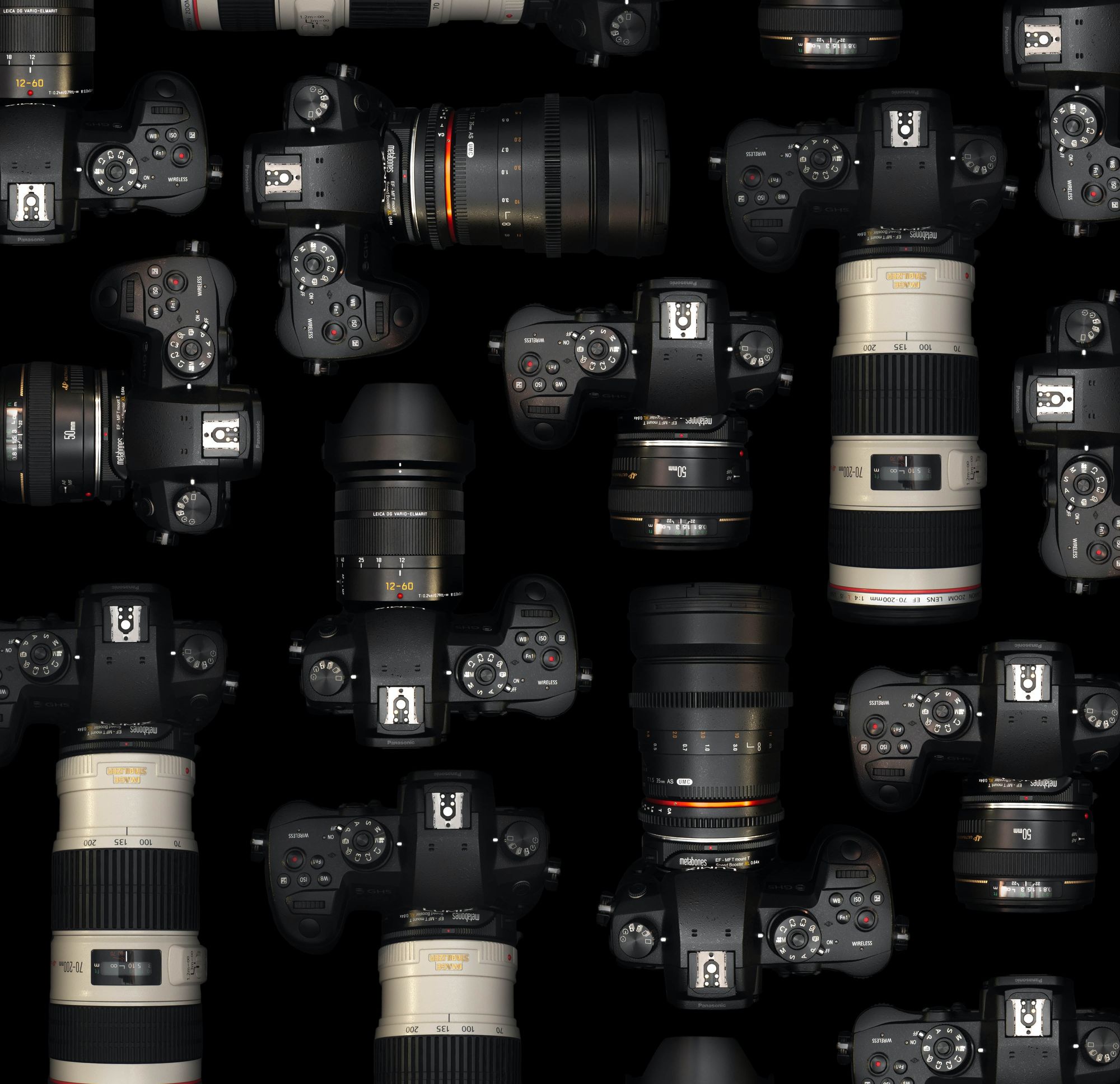
There's a myriad of camera gear you'll need when it comes to filmmaking.
Let's start with the first item that usually pops into every filmmaker's mind: the camera.
And yes, obviously, this is an essential item in your film production process.
Overall, you'll have three choices when approaching a film: a Cinema camera, a DSLR, and a mirrorless camera.
It's impossible to tell you which camera that'll work best for you. No camera works perfectly for every single type of shoot. You need to know what kind of film you're creating, and from there, you choose a camera that will help the work get done most efficiently.
Explore the best camera for filmmaking.
Then comes the question of which lenses you should use for your next movie production?
Your choice of lens determines how your film will look. Here you need to think about whether you want a prime or zoom lens, a long or short focal length, anamorphic or macro, and so on.
Then you have to think about camera equipment such as stabilization, lighting, sound recording, monitors, etc.
The gear you'll need for filmmaking will differ, all depending on the types of shots you're doing. What you need for a run-and-gun documentary shot in the desert will differ significantly from what you need on a feature film in the tropics.
Due to this, buying the equipment is almost impossible. To buy all the necessary equipment for all your movie productions would require a Jeff-Bezos-heavy wallet. And secondly, you'd need to be craigslist most visited customer, as new camera equipment surfaces all the time, quickly making used-to-be-great gear outdated.
So, consider renting or subscribing to camera equipment.
Step 8: Plan your lighting
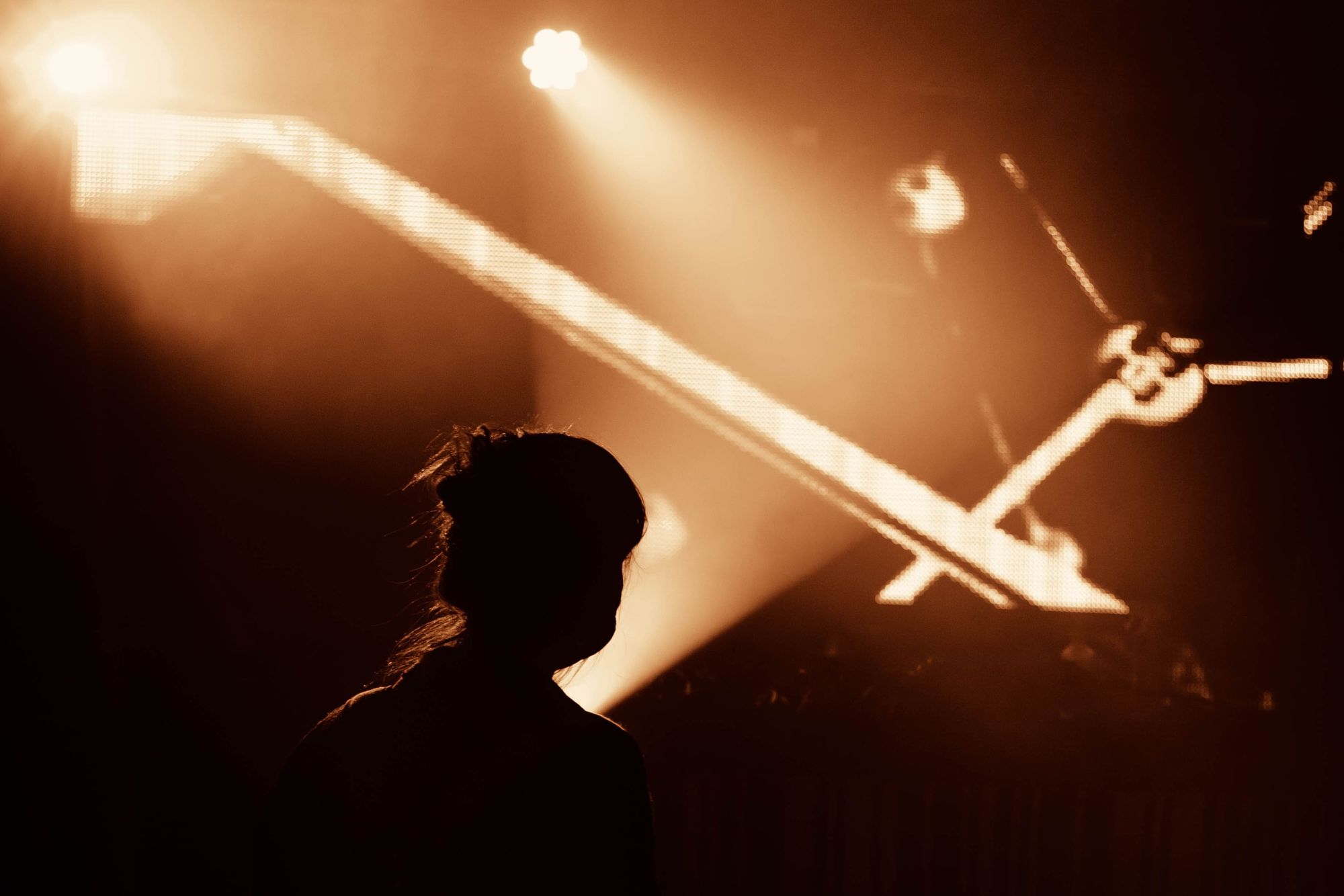
If you decided to hire a DoP, then it's their job to figure out the lighting. If you didn't – it's up to you.
Lighting is essential in any movie and so, something you need to plan ahead of time.
Planning your lighting setup means you need to go to your location at the time of day that you're planning to shoot and take photos. From here, you can analyze the lighting; how bright is there? What is the direction of the light? Where are the darkest areas? Should artificial lighting be added? And so on.
Discover what film lighting entails and what you can do to create it.
Step 9: Create a shot list
Now that you've come to a point in your filmmaking process where the different pieces have started coming in place, you need to put them all together.
Enter: A shot list.
A shot list is an organized list of shots that sequence together and becomes a scene. Shot lists are essential in managing and preparing for your various film scenes. It's also one of the only ways you can ensure that you do not forget some critical element.
Discover what a shot list is and how you make one.
Step 10: Setup production design
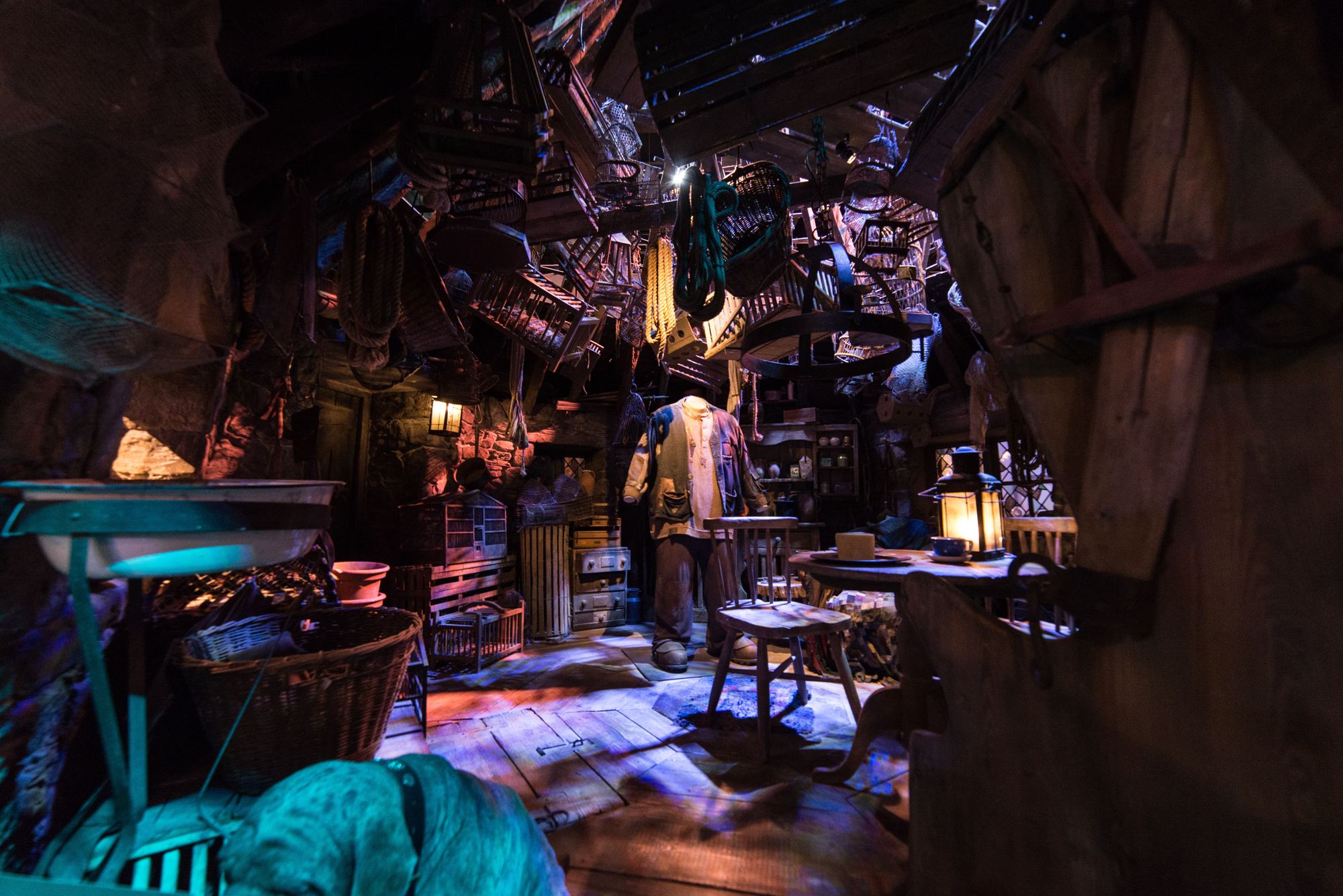
Production Design is what creates the physical look of the film. You should always include some element of design to go into the look of the physical space of your shot; the only exception is in the case of documentaries.
Production design can be as simple as moving some potted plants around, adding refrigerator magnets or removing an ugly sticker from the lamp.
As an indie filmmaker, you want to tend to your set and view it critically, changing whatever you can to help convey your story. Doing a super simple version of the production design can make a massive difference to the final quality of your film.
Step 11: Make costume design & wardrobe suggestions
Movie production is a curious thing.
All our lives, we're taught not to judge a book by its cover. Not to judge people on what they're wearing or how they look.
When it comes to filmmaking?
That's fine – in fact, it's encouraged.
Viewers immediately judge a character by the way they're dressed.
And you want to make sure that how the characters are dressed matches the storyline.
In some cases, you can get away with actors wearing their wardrobe items; at other times, you can't.
Always have in mind how your characters look on screen. It will have a significant impact on the way the audience perceives the entirety of the movie.
Step 12: Figure out where it will screen
Figuring out where your movie will screen might seem like a step in some of the later filmmaking stages.
It's not!
Where your film is going to screen will affect every single decision you make. If your film is designed for the online space, your leeway is a lot greater than if you're aiming for a theatrical run.
So, decide where you want your film to screen, from film festivals to streaming sites. Once that's done, look up their technical requirements.
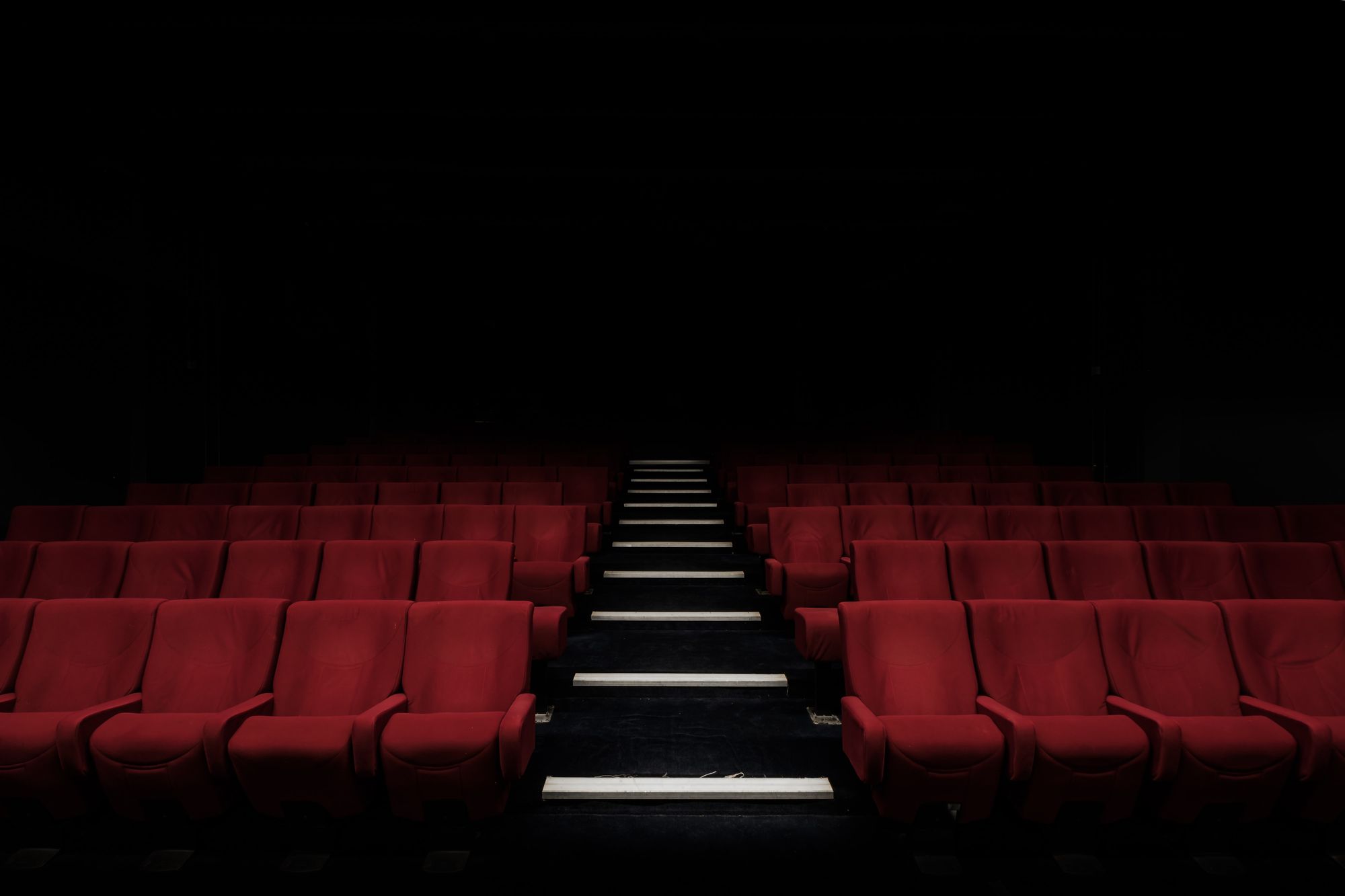
Stage 3: The production phase
You've now reached the production stage. That means you've finished all your preparative work, and you're ready to let it roll (the camera, that is).
Everything that has happened up to this point you've done to ensure the production stage, also known as the principal of photography, go as smoothly and efficiently as possible.
The production stage consists of what everybody usually thinks of when you say, "I'm making a movie". This is when you start shooting, and writers, directors, producers, and everyone else involved gets to see their ideas captured on film. And believe it or not, this is the stage in the filmmaking process that takes the least amount of time (and it's the most challenging).
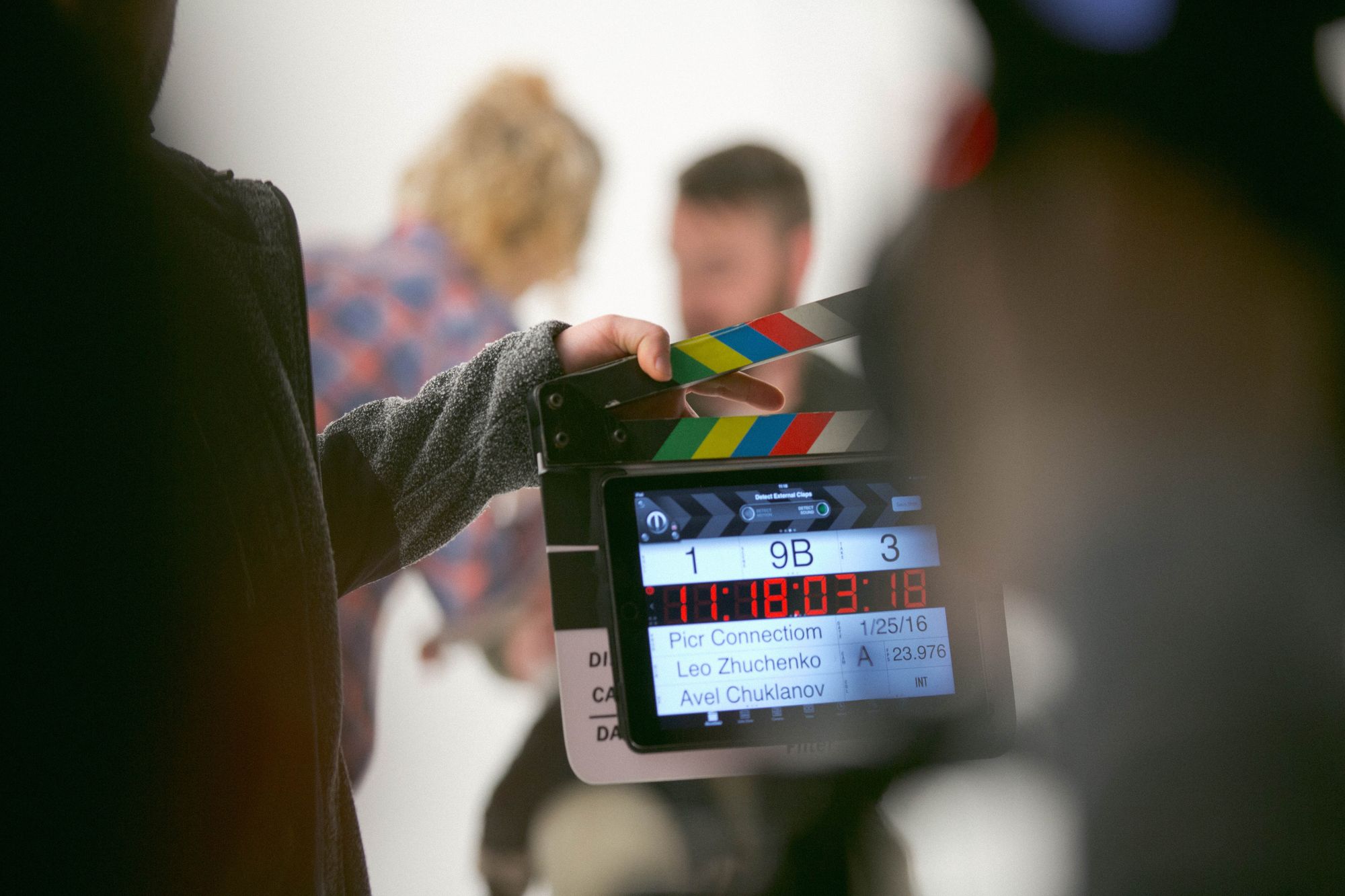
The additional crew is hired during the picture of photography stage, such as script supervisors to check for continuity while filming, property masters to acquire and oversee any of your film's props, hair and makeup crew to handle the actors' visual appearance, etc.
Camera operators and grips are hired to ensure the shooting plan is followed and that the director and cinematographer capture all the necessary footage. Picture and sound editors are also hired during this time, choosing the best takes of the day and assembling them into a sequence so that a rough cut is ready by the time filming ends.
The production stage is a challenging stage, with shooting hours ranging up to sixteen hours each day. Projects run to strict schedules with the cast and crew only contracted for a specific timeframe. Meaning you must squeeze out every bit of energy to see the project completed on time.
Stage 4: The post-production phase
Thought you were done already?
Unfortunately, not.
Now starts the film production stage, that's filled with late hours wearing sweatpants and pumped up on caffeine. It is, of course, the post-production stage I'm referring to.
Post-production starts when the principal of photography ends. However, those two stages may overlap. Since the editors, effects artists, sound designers, and composers don't need to be on the set for production, they can start their work as soon as the first bundle of footage comes rolling in. This makes it possible to identify any footage problems or gaps in the story while the shoot is still happening.
The post-production stage is where the sea of footage is edited, the sound is mixed, the image is colour corrected, visual effects are added, a soundtrack is composed, titles are created, and the project is completed and prepared for distribution.
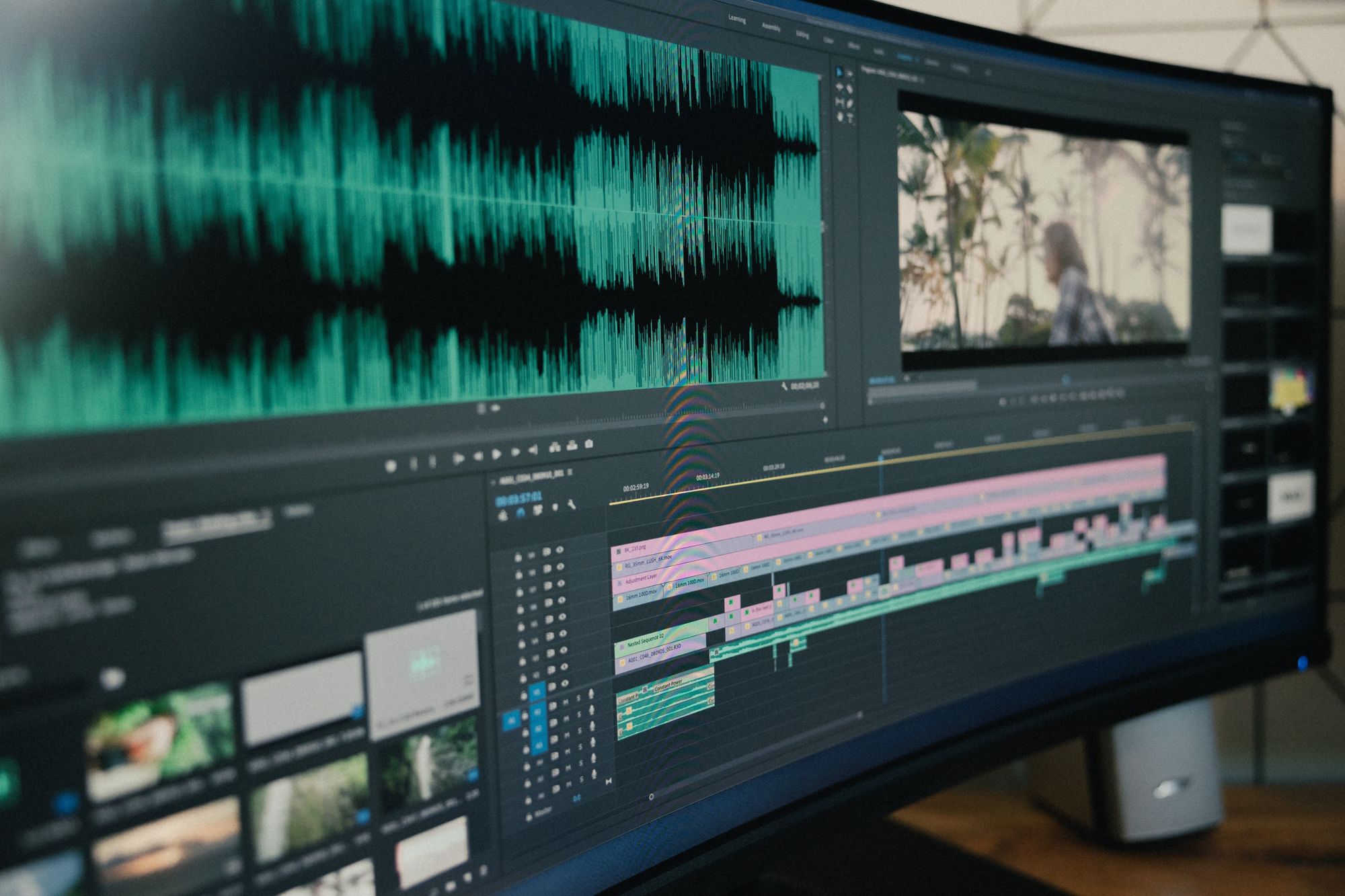
This is not a stage you should neglect. What happens in post-production is vital for how a movie ends up looking. Imagine a film like "The Avengers" without visual effects added. I assure you Thanos wouldn't look as scary, Doctor Strange not as magical, and Captain American not as dreamy (well, that last one might not have anything to do with special effects).
Editing is one of the most critical parts of movie production, and so the director is also very much involved in this process. The editor and director will work together to choose the takes they like the best and then go from there.
Stage 5: The marketing & distribution phase
Once you've completed your film, you've reached that whole "it's a wrap", and it's time to look into how and where you distribute it.
The final and crucial stage of making a film is the distribution stage. It's also the stage where producers get their money back (hopefully). You must nail this stage, as, without proper distribution, the other four stages you've just busted your derrière off to complete would be somewhat redundant (at least from a business perspective).
So, make sure you dedicate a considerable amount of time and energy on securing suitable distribution deals for your project. This can be in theatres, selling to a TV network or streaming service, such as Amazon Prime, HBO, or Netflix, etc.
As a newer independent filmmaker, you must set your distribution expectations reasonable. It's unlikely that an indie filmmaker's first feature gets the film into 3,000+ theatres. However, you can reach an audience and find a distributor by submitting your film for a film festival. Film festivals are an excellent choice for up-and-coming filmmakers as they already have the right audience.
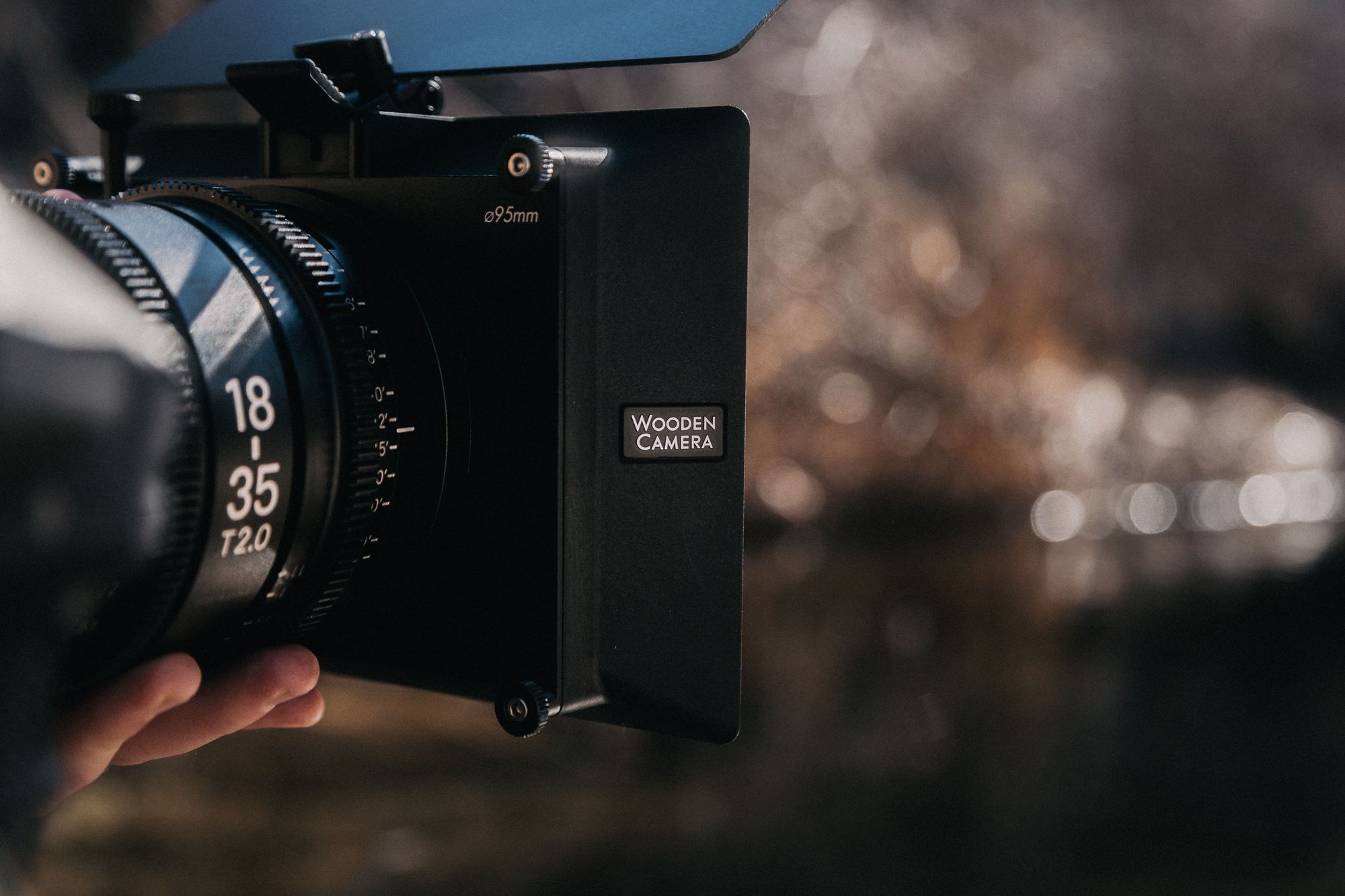
Final remarks
How are you feeling?
I know this was a lot to read. And frankly, it got a little out of hand (it happens). Nevertheless, I hope this run-down of the filmmaking process and its five stages can help you prepare your next movie production.
Just remember each movie is different depending on the project size, budget and filming needs, so if you only walk away with one thing from this post, let it be "preparation".
Prepare. Prepare. (Shoot). Prepare.
Get aid in the preparation department, and head to our selection of film production templates to make the preparation a little easier. Or you can always hire a film production company to help you get your story to life.
What are the five stages of filmmaking?
1. Development: A preliminary budget is set, key crew members are attached, central location scouted, and multiple script drafts are written.
2. Pre-production: Scripts are finalized, budgets are adjusted, actors are cast, shooting schedules plannes, sets designed and built, costumes made and fitted, everything to do with the shoot is planned and tested.
3. Production: Filming starts. The writer, director, producer, and others finally get to see their ideas captured on film.
4. Post-production: The footage is edited, the sound is mixed, visual effects added, a soundtrack is composed, and the project is finalized before distribution.
5. Distribution: Entails setting and executing a marketing and distribution strategy to ensure an audience sees the film.
What are the basics of filmmaking?
Some basic filmmaking concepts include:
- Aspect ratios: The ratio between the width and height of an image.
- Bokeh: The portions of an image that are defocused or blurry.
- Compression: A method for reducing the amount of data a camera produces.
- Depth of field: The amount to which objects in the for-, mid and background are in focus at once.
- Exposure: The amount of light allowed to enter your camera’s sensor.
- Aperture: The adjustable opening near the rear of the lens that lets light through.
- Focal length: The distance over which collimated rays are brought into focus.
- Frame rate: The frequency with which your camera captures consecutive images.
- ISO: A camera setting that’ll either brighten or darken your photo.
- Shutter speed: The length of time an image is exposed.
How do you become a filmmaker?
There are many routes to take if you want to become a professional filmmaker.
- While in high school, take advantage of any film or film-related courses your school offers.
- Go to film school to gain hands-on experience working with film equipment and the theories of movie production.
- Seek an internship to increase your understanding of filmmaking.
- Produce a short film.
- Look for job opportunities in the film industry to help build your expertise and deepen your understanding.
- Engage with other industry professionals, so you have a range of people to call and work with.
How long does it take to produce a movie?
From ideation to release date, filmmaking can take everything from a few months to a few years. The amount of time a feature film takes will heavily depend on the genre of your movie.
How to get into filmmaking?
Start small. You don't have to buy fancy cameras. Start with your phone. The important thing is that you start creating films and getting experience. Create a captivating story. Watch many different kinds of movies to find your style. With time, your filmmaking skills will greatly increase.






















